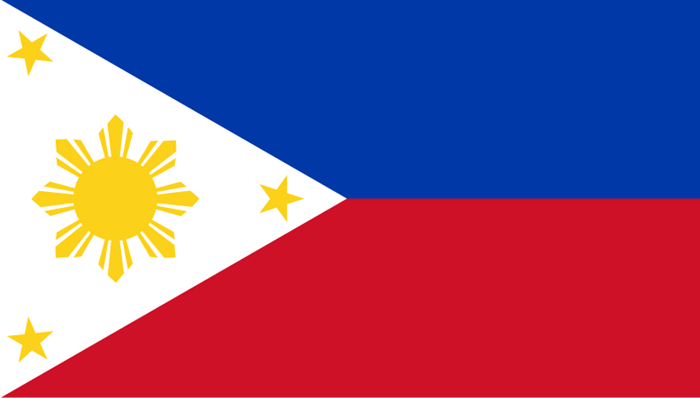Login form
Regional customs and habits
Customs of Philippines
Marriage and Family
 Most people marry before they are 30 years old. The groom and his family pay for the wedding ceremony and reception. The bride often does not see her bridal gown until the day she is married. Grooms often wear a barong, an embroidered shirt that hangs over the trousers, made of pineapple fiber. At the reception, during the newlyweds’ first dance, relatives may take turns clipping money to the groom’s shirt or the bride’s gown. Some couples live together instead of or before having a formal wedding.
Most people marry before they are 30 years old. The groom and his family pay for the wedding ceremony and reception. The bride often does not see her bridal gown until the day she is married. Grooms often wear a barong, an embroidered shirt that hangs over the trousers, made of pineapple fiber. At the reception, during the newlyweds’ first dance, relatives may take turns clipping money to the groom’s shirt or the bride’s gown. Some couples live together instead of or before having a formal wedding.
Customs of Poland
Marriage and Family
 Young people who start work after the minimum required schooling tend to marry earlier than those who continue their education. Newly married couples often live with their parents for a few years and may be given other financial assistance.
Young people who start work after the minimum required schooling tend to marry earlier than those who continue their education. Newly married couples often live with their parents for a few years and may be given other financial assistance.
Urban families usually have one or two children, while rural families often have three or four. In most households, children are given considerable responsibility from an early age. Because both parents usually work outside the home, the children often prepare their own breakfast and go to school by themselves.
Customs of Romania
 Marriage and Family
Marriage and Family
Romanians who live in rural areas marry at a fairly early age and follow local and ethnic customs regarding courtship and marriage. In the past, most students in the cities waited until completion of university or other graduate training before getting married. More recently, however, young people have begun to marry in their last year of school because it has been easier to get housing and a job in a city if they are married.
Customs of Portugal
Marriage and Family
 Engagements are usually lengthy while the couple saves money for a home. Marriage ceremonies generally follow the Roman Catholic tradition. It is uncommon for young people to live together before getting married.
Engagements are usually lengthy while the couple saves money for a home. Marriage ceremonies generally follow the Roman Catholic tradition. It is uncommon for young people to live together before getting married.
The nuclear family in
Customs of Samoa
Marriage and Family
 A typical Samoan village is made up of a series of families. Samoan society is hierarchical, and respect for authority is instilled from an early age. An extended family or kinship group is called an aiga. A matai leads the aiga, and is selected by members of the group. A family member is anyone who is related to the matai by birth, marriage, or adoption. The matai of a village form a council, called the Fono, which governs the affairs of the village. Each matai is responsible for the labor, activities, well-being, and housing of his family.
A typical Samoan village is made up of a series of families. Samoan society is hierarchical, and respect for authority is instilled from an early age. An extended family or kinship group is called an aiga. A matai leads the aiga, and is selected by members of the group. A family member is anyone who is related to the matai by birth, marriage, or adoption. The matai of a village form a council, called the Fono, which governs the affairs of the village. Each matai is responsible for the labor, activities, well-being, and housing of his family.
